Python scripting in ABAQUS part1 (for beginners)-Free Version
You will learn the basics of Abaqus scripting, and get a feel for Python. Moreover, the workshops demonstrate how to run optimization and parametric studies placing your scripts inside loops and varying parameters. You also get an in-depth look into extracting information from output databases, and job monitoring. All in all, you will get the knowledge and the confidence to write your own scripts for finite element simulations in Abaqus. In this Free version of this package, you will learn lessons 1 and workshops 1 and 2. However, I will get you a review for the full version of this package as follows. You can access the full version of this package via this link.
Lesson 1: Introduction to Python Scripting in Abaqus:
First of all, you will learn why we need to script. Secondly, a full explanation of useful words in Abaqus is prepared for you. Finally, you should know about what role Python plays in Abaqus and why we choose it over other scripting languages.
lesson 2: Python Language Programming:
This lesson aims to teach everyone the basics of Python language programming, which is a prerequisite for Abaqus scripting. We cover the basics of how one constructs a program from a series of simple instructions in Python. For example, using variables to store, retrieve, and calculate information and core programming tools such as functions and loops, etc.
lesson 3: Starting of Scripting:
This lesson will teach you how to run a script, both from within Abaqus/CAE and from the command line. You will receive a detailed explanation of Abaqus PDE. We’ll introduce you to different types of files applied in Abaqus scripting including replay files and macros. You will be able to refer to the Abaqus documentation for using the built-in scripting method for your own simulation.
Workshop 1 for simulation of a cantilever beam:
In this chapter, we go through a simple example of a cantilever beam to start scripting. you will work through all the steps in creating and setting up a finite element simulation in Abaqus using a Python script. You’ll discover how to use Notepad++ in addition.
Workshop 2 for Running a number of jobs sequentially.
In this tutorial, we show you how to run a number of jobs continuously. You’ll be able to keep track of input files in subfolders of your directory and store simulation files in their own directory.
Workshop 3 scripting a 3D Truss of frame of I beam:
We analysis a 3D truss made up I-beam in this workshop. The example covers topics such as parameterization, creating datum planes and datum lines using a script. You will also learn to create a line load by using the Region() method a little differently to return a set-based region as opposed to a surface-based one. In addition, you will learn how to design complex and repetitive structures in Abaqus.
Workshop 4 scripting of Bending a Planar shell:
In the last workshop, we will get familiar with another advantage of Abaqus scripting which is optimization by placing the bulk of your script inside of a loop and iterating through it. Additionally, you will use the created report files to execute some of the most common file handling (input/output) operations. During the process, you will be exposed to try-catch blocks, which are used to catch exceptions. You will also learn how to change the color of interesting parts in the viewport using a script, expanding your expertise in post-processing.
Read More: abaqus tutorial + 100 abaqus courses
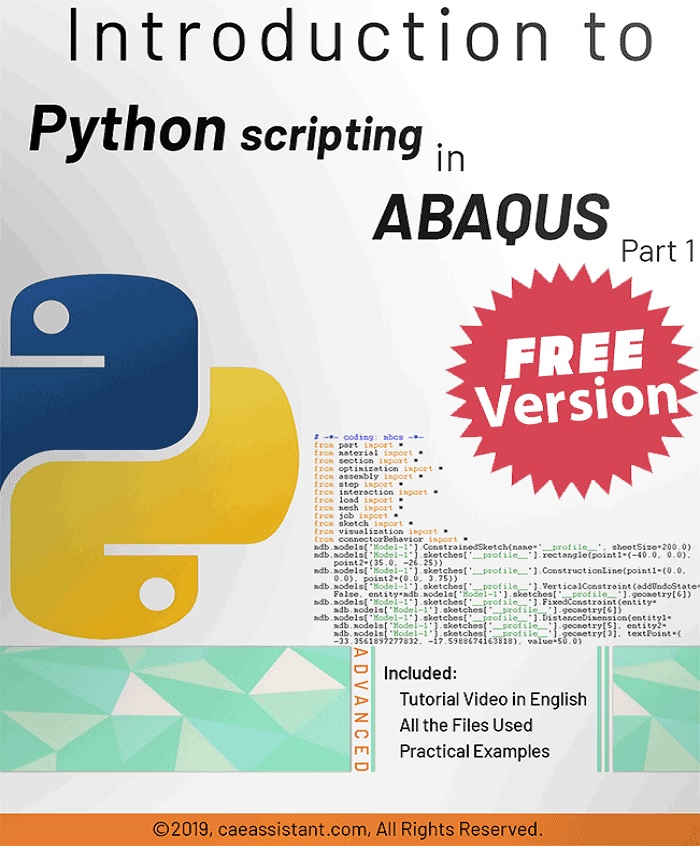
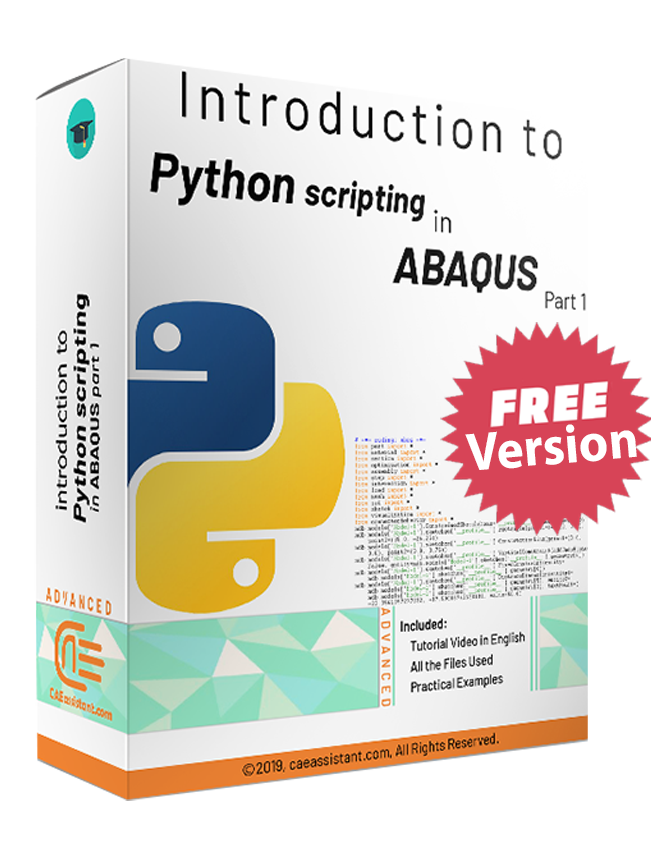
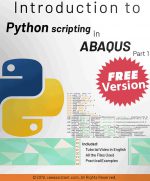
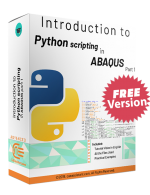

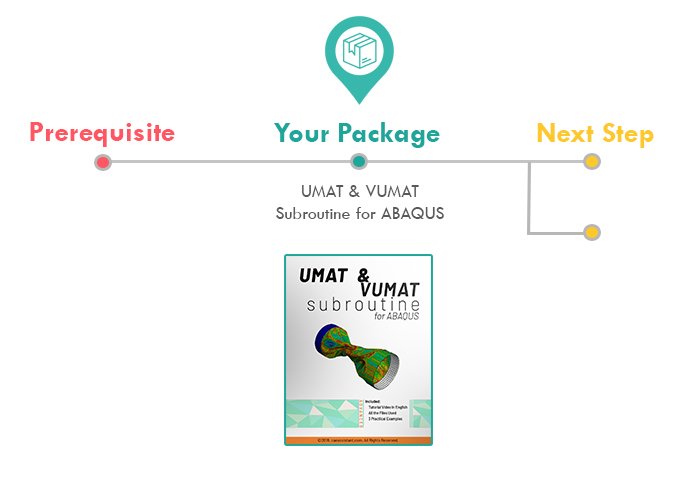
sara.nik-4868 –
Thank you for this excellent training package. I was able to complete my course project with this package .
I am waiting for your new packages :))